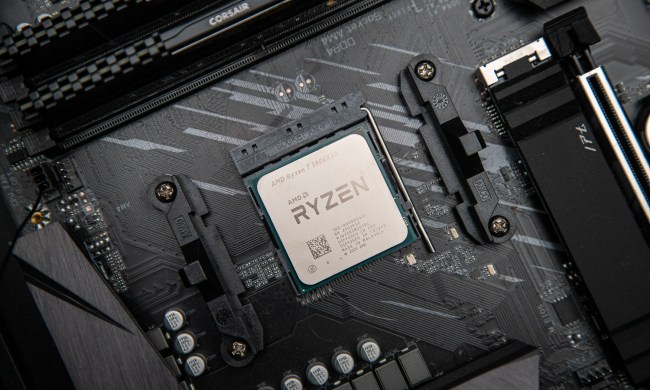
Shuaiwen Leon Song collaborated with researchers from the University of Houston to accomplish those results. The architecture was tested using video games like Doom 3 and Half-Life 2, but there are hopes that it could one day benefit scientific research thanks to its uses in terms of visualization and modeling.
A typical graphics card uses its graphical processing unit to render images from information that’s stored elsewhere. But 3D stacked memory has access to an added logic layer that it can utilize to carry some of the processing burden, which is the process that’s referred to as processing in memory.
The benefit is that less data has to be transferred from memory to GPU cores, with less congestion contributing to the 65 percent improvement in speed, according to a report published by PNNL. The researchers established that it was anisotropic filtering, the final stage in the rendering process, that caused the most congestion. They were able to produce the best improvements to performance by shifting anisotropic filtering to the first stage of the graphics pipeline, and making sure that it was being processed in memory.
“We’re pushing the boundaries of what hardware can do,” Song said of the project. “And though we tested our idea on video games, this improvement ultimately benefits science.”
This kind of research sets out to ensure that we can squeeze every last drop of performance out of currently existing hardware. Between video games, scientific applications, and the continuing rise of virtual reality, there are plenty of applications for a more efficient system of rendering 3D graphics.


